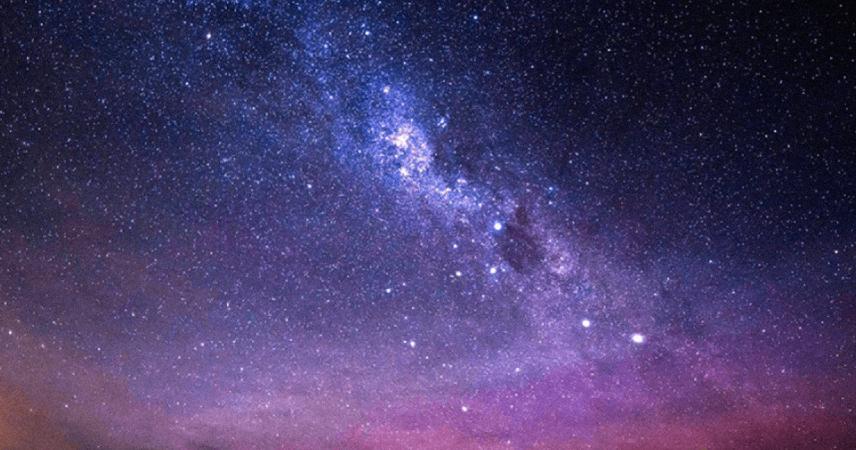One of the key questions for scientists is: where does the universe come from? We look for the answer by studying the large scales but, at the same time, by looking into the smallest. On the one side, cosmology enables us to study the structure of the universe on a large scale, to see how galaxies are distributed, and how the universe has evolved since the Big Bang; and on the other extreme, the nanoscale of elementary particles and neutrinos gives us other clues about how the cosmos works. Therefore, both disciplines complement each other.
In this hall we travel beyond the solar system in order to explore the far reaches of the known universe. We recommend that you follow the tour clockwise, following the indications on the floor.
First, two panels, an audiovisual and an art installation invite us to discover DIPC’s research groups studying some of the greatest mysteries of the universe: dark matter and energy, and the enigmatic and invisible particle called neutrino.
In the middle of the room, we present a model of a black hole that shows how these mysterious regions are formed in space, where matter, and even light, are trapped forever.
In the final part of the tour, we can enjoy a starry sky and get a better understanding of asterisms and constellations.
